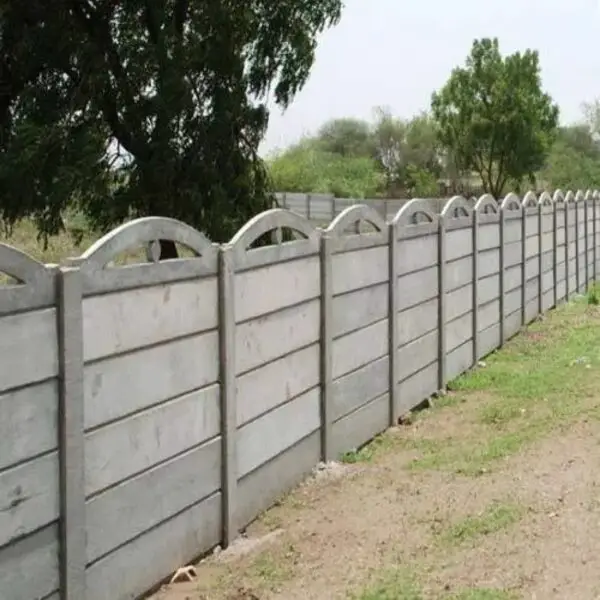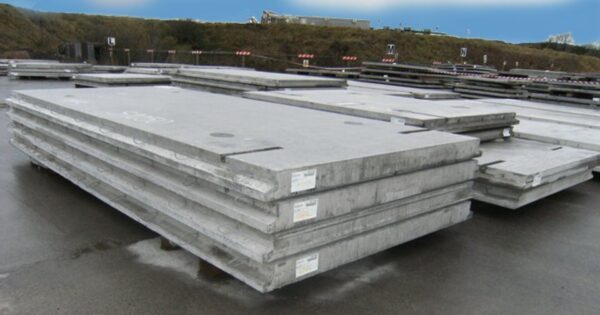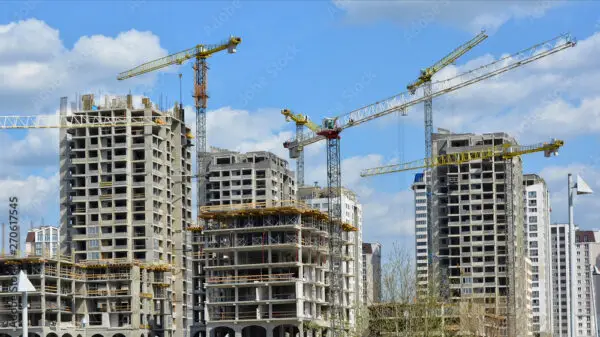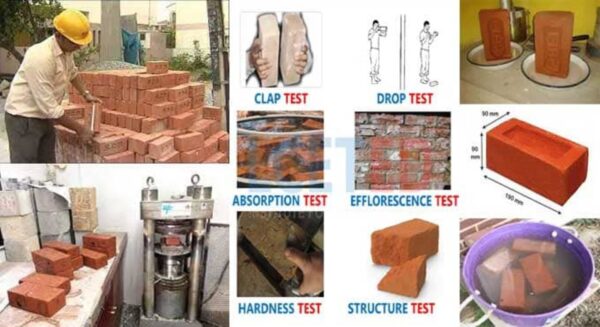Light output ratio (LOR) is an important metric in lighting design and civil engineering projects involving lighting. This blog post will provide a comprehensive overview of light output ratio – what it is, how it is calculated, why it matters, and its relevance in civil engineering applications.
What is Light Output Ratio?
Light output ratio (LOR), also known as luminous efficacy of a luminaire, is a measure of how efficient a luminaire (complete lighting unit) is in converting input power into visible light.
It is expressed as the ratio of total luminous flux emitted by the luminaire (in lumens) to the total lamp lumens contained in the luminaire.
Light Output Ratio Formula:
LOR = Lumens emitted from luminaire / Lamp lumens
LOR measures the optical efficiency of the entire fixture, taking into account losses from the lamp, ballast, reflector, lens/diffuser, optical dirt depreciation, etc. The higher the LOR, the more optically efficient the luminaire is.
Typical LOR values range from 50% to over 90%. Older luminaires with conventional lamps often have LORs around 50-60%, while newer LED luminaires can achieve 90%+ LOR.

Why is Light Output Ratio Important?
Light output ratio is important because it provides an accurate measure of real-world luminous efficacy, rather than just lamp efficacy.
Lamp efficacy measures lumens emitted per watt for just the lamp, but doesn’t account for optical losses in the fixture. However, LOR measures total lumens coming out of the complete luminaire per input wattage.
LOR gives the true luminous efficacy of the entire lighting system, allowing for more precise lighting calculations during design. It ensures enough light levels are provided while minimizing energy use.
Specifying luminaires based solely on high lamp efficacy can be misleading, as optically inefficient luminaires with poor LOR will provide lower actual illumination. LOR should always be considered alongside lamp efficacy data.
Light Output Ratio in Civil Engineering Applications
Light output ratio is useful across many civil engineering disciplines that involve lighting design:
Roadway and Tunnel Lighting
Proper road lighting improves safety and visibility. Roadway luminaires must provide precise lighting levels to meet standards. LOR ensures roadway lighting calculations accurately account for real-world luminaire performance.
Tunnel lighting also depends on luminaire LORs. Improper LOR can lead to excess glare or dim zones in tunnels, reducing safety and visibility.
Parking Garage and Canopy Lighting
Parking garages and gas station canopies need adequate uniform lighting levels. LOR helps lighting designers determine appropriate luminaire spacing and sizing.
Luminaires with higher LOR require fewer luminaires to meet the desired luminance, saving energy and costs.
Architectural and Landscape Lighting
Accurate lighting levels are necessary to properly illuminate monuments, bridges, signage, and landscaping. LOR data is critical for lighting calculations of architectural and outdoor spaces.
Higher LOR luminaires also allow lighting designers to use lower wattage lamps while maintaining sufficient light levels.
Sports and Recreation Lighting
Specific lighting levels are mandated for athletic fields, courts, pools, and other recreational spaces. LOR ensures appropriate luminaires are specified to fulfill lighting requirements and guidelines.
Higher LOR increases energy efficiency, reducing electricity usage for sports facilities.

Emergency and Security Lighting
Emergency lighting must provide adequate illumination during power outages. Security lighting also relies on precise lighting calculations to properly illuminate property perimeters.
LOR ratings help ensure emergency and security lighting performs as intended by accounting for real-world luminaire light output.
Interior Lighting for Buildings
Proper interior lighting improves occupant comfort, safety, and productivity. LOR helps lighting professionals design appropriate illumination levels for offices, schools, hospitals, and other buildings.
Higher LOR luminaires also allow for lower lighting power density, helping projects achieve green building certifications like LEED.
Key Factors Affecting Light Output Ratio
Several factors impact the light output ratio of a luminaire. Understanding what affects LOR can help civil engineers select optimal luminaires and lighting designs.
Lamp Type
Lamp efficacy has increased dramatically with LEDs compared to older light sources. However, LED efficacy alone does not determine LOR. Well-designed LED fixtures can achieve 90%+ LOR, while poorer performing products may only have 60-70% LOR.
LEDs also have optics that spread light across 180 degrees, while HID lamps emit light in a 360-degree pattern. This makes it easier to control LED light, boosting LOR. But improperly designed LED optics can also increase glare.
Optical Design
The optic materials, reflector design, diffuser, and angles of distribution all impact LOR. More efficient optical designs maximize light utilization.
Matte finishes or diffusers can reduce glare but also lower LOR. Narrower beams from reflectors maintain higher intensity but reduce uniformity. Optimal optical design maximizes LOR for the application.
Dirt Accumulation
Dirt on lenses and reflectors reduces light transmission over time. Proper optical design minimizes dirt accumulation. Tightly sealed optics and smooth surfaces stay cleaner longer.
LOR ratings account for standard dirt depreciation. But optics with less dirt sensitivity will maintain higher LOR over time.
Thermal Management
Heat can damage LED chips and drivers, reducing light output. Effective heat sinking and ventilation maintains optimal operating temperature for LEDs, improving LOR over time.
Environment & Usage
Extreme ambient temperatures, humidity, vibration, and improper handling can all lower luminaire performance and LOR. Quality luminaires designed for the environment and usage conditions will better maintain their specified LOR.
Lumen Per Watt vs Efficacy vs Efficiency
Lumen per watt, efficacy, and efficiency are important lighting terms related to light output ratio.
Lumen Per Watt
Lumens per watt (LPW) measures the luminous flux produced per unit of power. It provides a measure of efficacy or the amount of light produced per watt.
For lamps, it is based solely on the lamp lumens and wattage. For luminaires, it uses the total luminaire lumens emitted and total system watts, accounting for losses.
Efficacy
Efficacy also refers to how efficiently a light source converts electricity into visible light. It is measured in lumens per watt. Lamp efficacy only accounts for the lamp, while luminaire or system efficacy factors in optical losses from the fixture based on LOR.
Efficiency
Efficiency is the ratio of useful luminous flux to total flux. It measures the ability of a light source to convert energy into visible light rather than UV or IR radiation. Efficiency affects efficacy and LOR.
More efficient light sources put out a higher percentage of visible light, increasing LPW and LOR. LEDs are efficient, producing little IR or UV. Incandescent lamps are inefficient – most energy is emitted as heat.
Comparing LED vs CFL vs Incandescent Efficacy
LED Efficacy
LED efficacy has increased dramatically, with today’s LEDs achieving 100+ lumens per watt. Quality LED luminaires now have 90%+ LOR. Combined, this provides exceptional system efficacy.
LEDs also last 50,000 – 100,000 hours, reducing maintenance costs. And improved color quality approaches incandescent lamps.
CFL Efficacy
Compact fluorescent lamps have efficacy of 60-70 lumens per watt, 2-3X better than incandescent. But CFL luminaires only achieve 70-80% LOR due to loss from bulky lamp housings.
CFL lifespan is 6,000 – 15,000 hours and light quality is fair. CFL mercury content also creates environmental concerns.
Incandescent Efficacy
Incandescent lamps have efficacy of just 10-15 lumens per watt. Loss from fixtures further reduces system efficacy. Average incandescent LOR is only 50-60%.
However, incandescent provides excellent color quality. Lifespan is just 1,000 – 2,000 hours.
Recommendations for Specifying LOR
When evaluating and specifying luminaires, consider these tips related to light output ratio:
- Review LOR data for entire luminaire, not just lamp efficacy
- Ensure LOR data is tested per IES guidelines for accuracy
- For outdoor lighting, look for IP65 or better ingress protection rating
- Select optics designed to balance LOR, distribution, and glare control
- Look for quality LED drivers with proper voltage range and surge protection
- Heat sinking and thermal management should be designed for luminaire operation in expected ambient temperatures
- Specify luminaires with LOR and system efficacy appropriate for application
- For projects pursuing LEED or other green building ratings, high LOR is beneficial to reduce power density
Properly accounting for light output ratio in lighting design enables civil engineers to create optimal lighting for roadways, buildings, and public spaces. Specifying quality luminaires with higher LOR improves lighting performance, saves energy, reduces maintenance costs, and helps projects attain sustainability goals.






